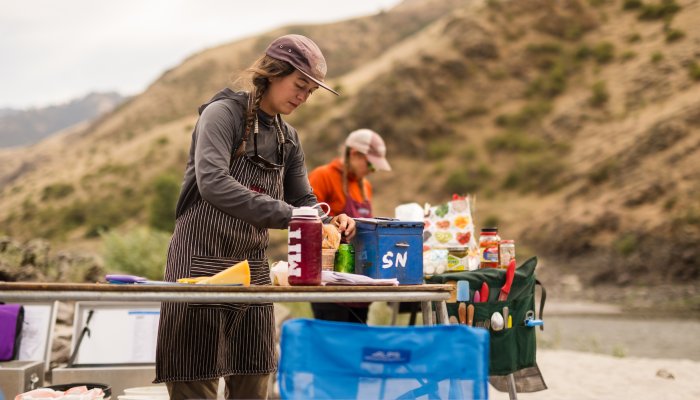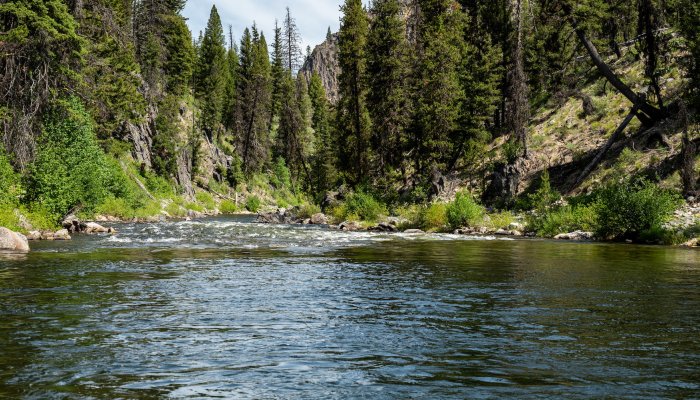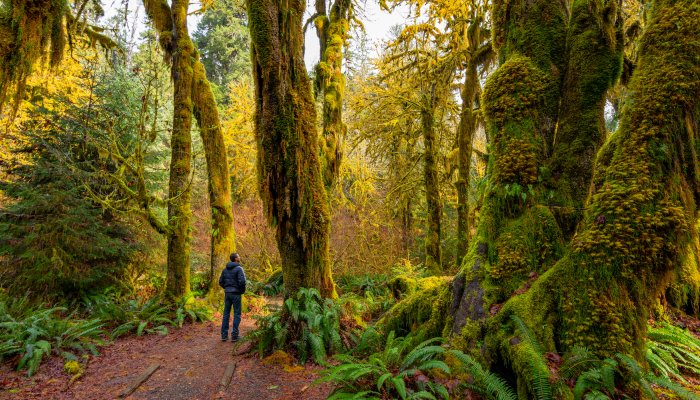So You are Going to be a Multi-Day River Guide
Tips and Advice from a Seasoned River Guide
If you are planning on becoming a multi-day whitewater guide, or are already hired, this blog is probably for you. I have been guiding in Idaho since 2020 and I have some advice and some items in my drybag that I cannot imagine surviving my summers without. A lot of my advice will focus on footcare (yeah, you read that right foot care), but there are also some other tips on what to invest in your first season for your overnight rafting kit. Let's dive in!
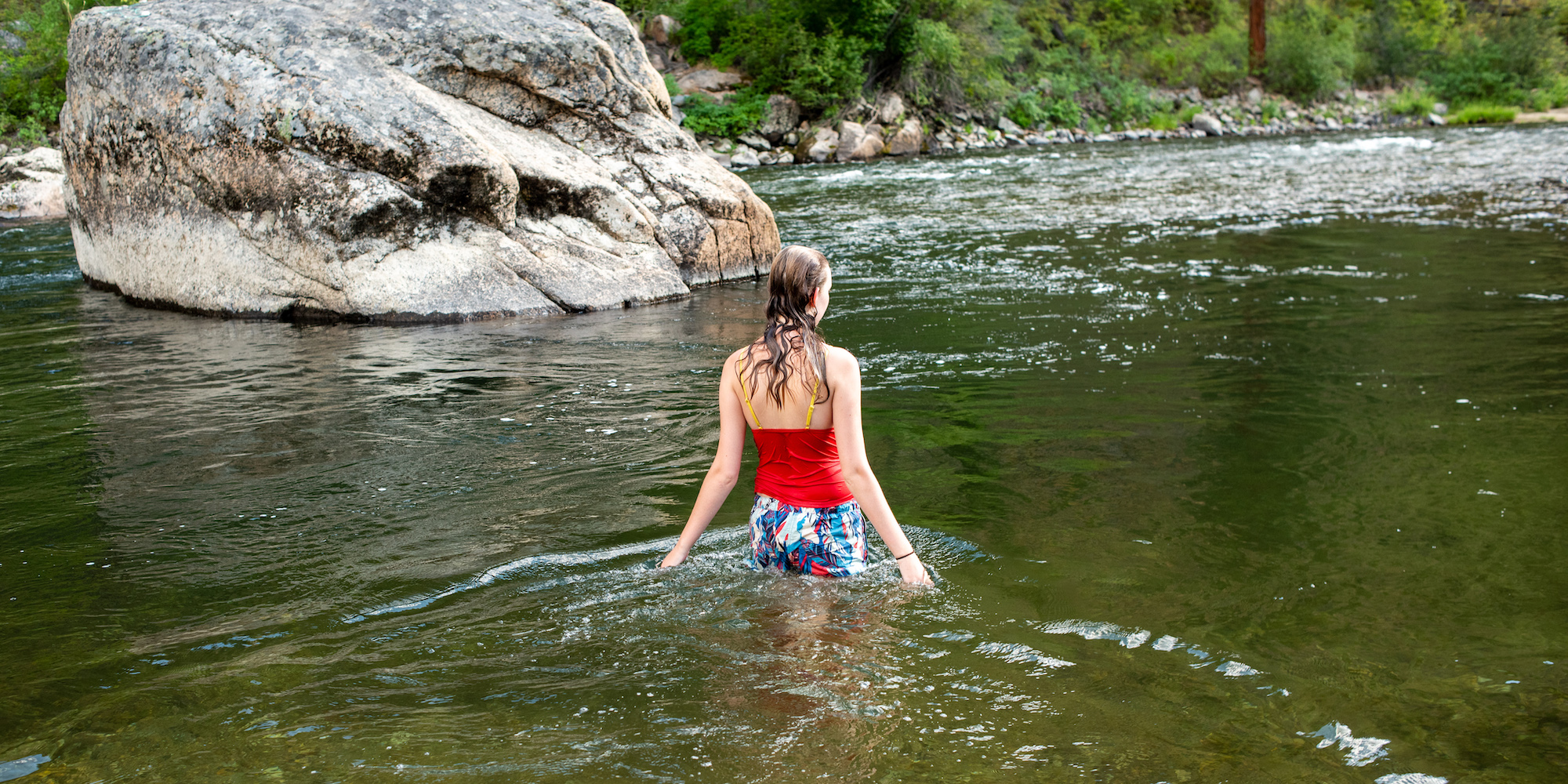
First and foremost, self care is everything. As a multi-day raft guide you will find yourself on the river every day and riverside every night of the trip. Since there is no “going home to a nice hot shower” at the end of the day, it is important that you find ways to keep up your hygiene on the river. One great way to maintain overall cleanliness and manage the river funk that accompanies overnights are body wipes. Body wipes are an easy and quick way to clean yourself up after a long day on the river. River rinses when you get to camp, especially after a long hot day are also a great way to cool off and freshen up.
Most of us multi-day guides spend most of our summers living on the river with little time in the front country. There is absolutely no shame in bringing your hygiene rituals out into the backcountry with you. For me, I cannot go without my electric toothbrush. While I get a lot of comments from guests about how silly it seems, it is an important part of keeping myself healthy. Plus, we are rafting, not backpacking where weight is a big concern.
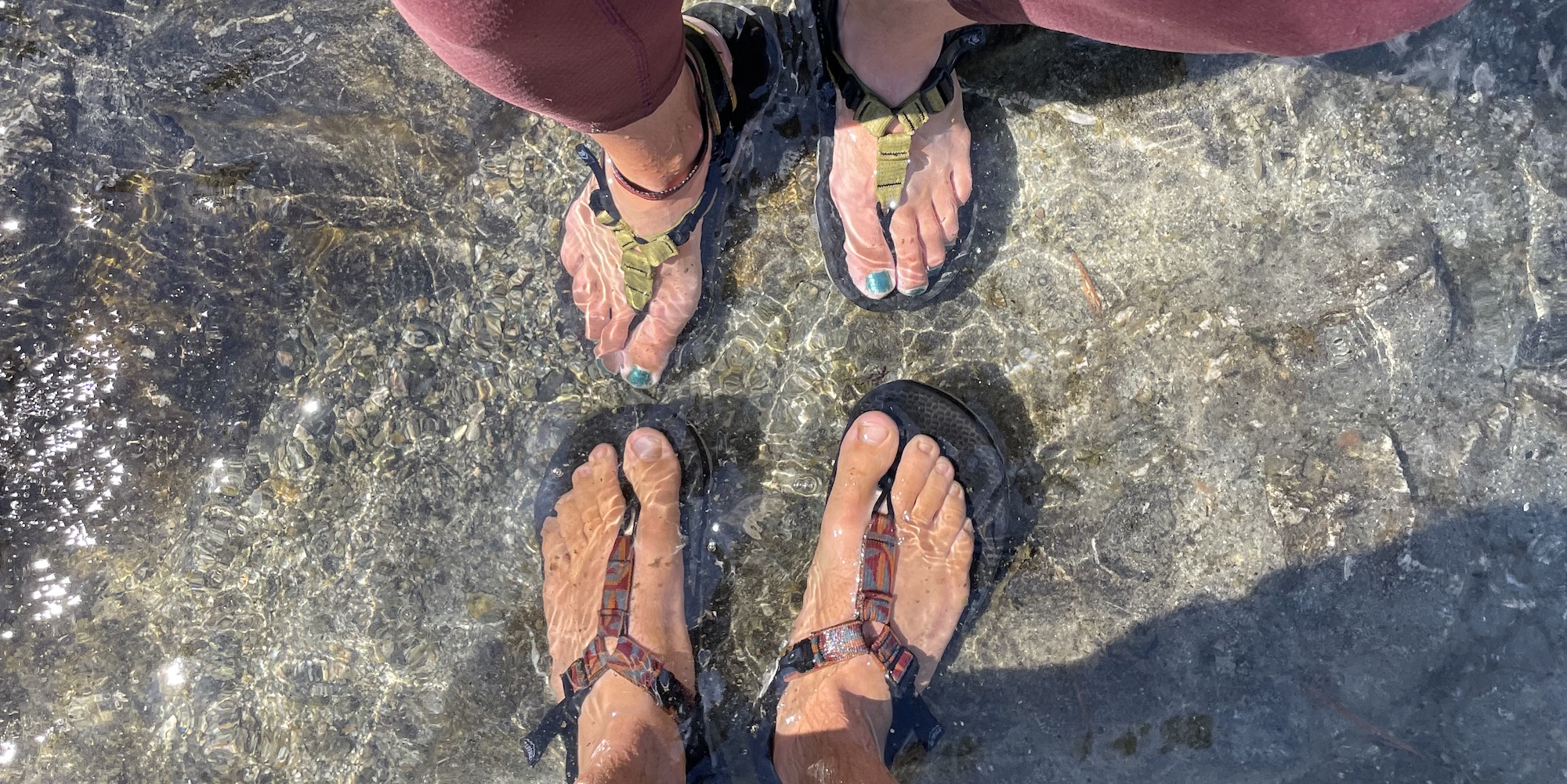
Now for the good part - feet. A lot of first year multi-day guides do not believe me when I say that foot problems are the number one issue among guides, but I have seen more guides deal with foot problems than any musculoskeletal injuries. It is common, especially on Idaho rivers in late July and August when the rivers begin to warm, for fungal issues to arise amongst guides. Wearing wet shoes or having the soles of your feet pressed against wet rubber sandals all day provides a great environment for fungus to grow. This can happen at any time of the season, so I highly recommend having a tube of anti-fungal cream handy in your toiletries or medkit. If it's not you with a fungal issue arising, then it will probably be one of your buddies.
One of the best ways to prevent fungus on your feet is changing shoes when you get to camp. I recommend having a closed toed shoe that you wear socks with to keep moisture away from your feet. It can be a pain to keep these shoes dry for camp or deal with shoes in your drybag, but it is worth it in the long run. A lot of guides love to walk around barefoot in the sand, which feels good, I get it, but sand also tears up your feet and there is always some hidden hazard (stick, fishing hook, glass, you name it) hiding in the sand.
The next best thing to do is stay vigilant about cleaning your feet at the end of the day. Remember those baby wipes I mentioned earlier? Those are a simple and effective way to clean off your feet. I also like to put lotion on my feet to keep the skin from cracking. Going from wet to dry to wet again all day long is really tough on the skin and can cause deep and painful cracks typically on the heels of the feet or on the fingertips - especially as a guide when you are rigging boats every day. The feet truly are an injury prone area for a guide, so it is super important to stay on top of taking care of them.
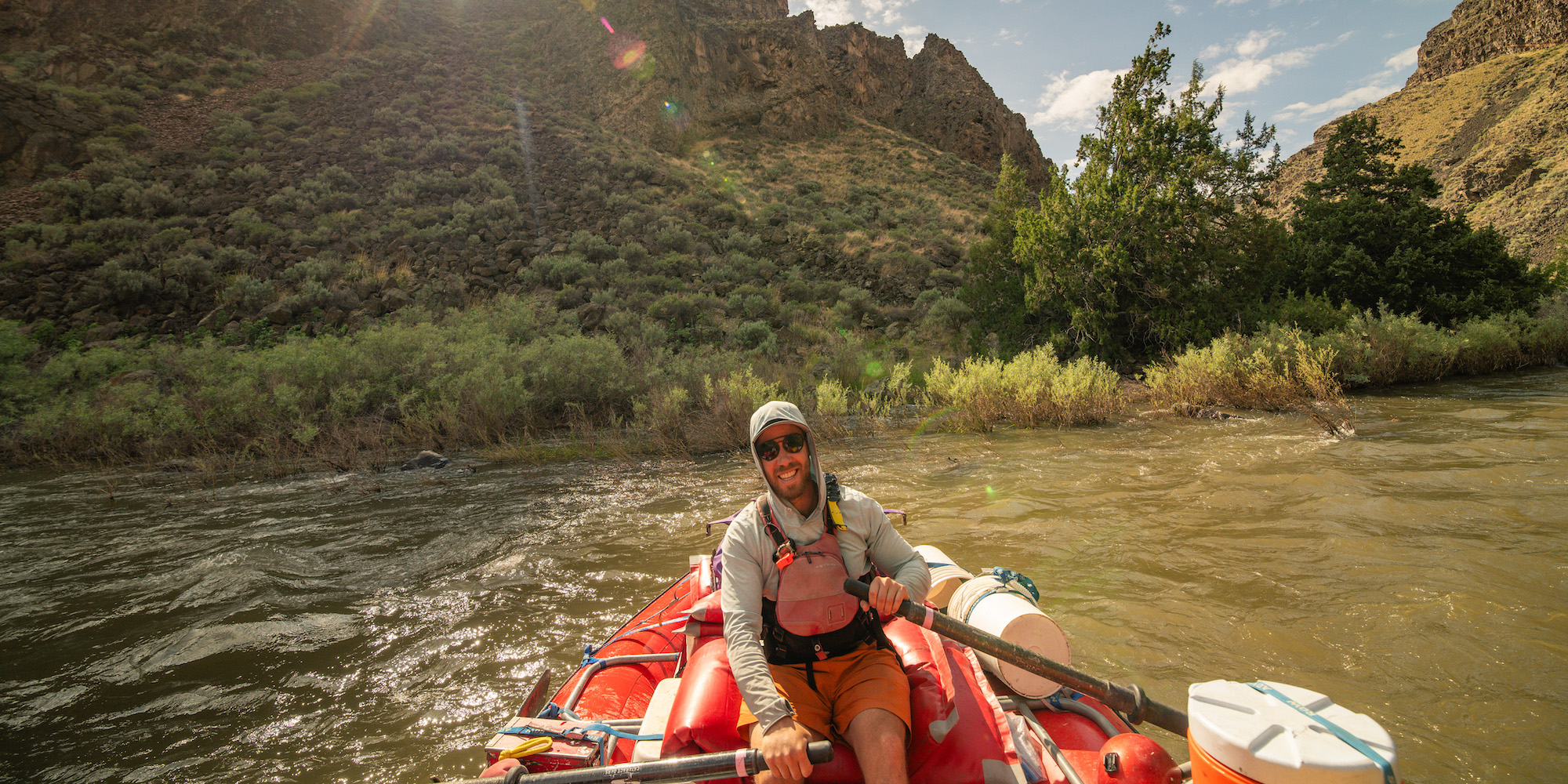
Now that we have gotten feet out of the way let’s talk about another important skin topic: sun exposure. Being out on the river we are exposed to the sun during the longest days of the year. While it is nice to feel the sun on our skin, it is important that we take measures to not get severely sunburned. A great and mindless way to avoid sun exposure is by wearing sun hoodies. No need to reapply sunscreen on your body over and over again and end the day feeling like you’re caked in mud. Sun hoodies are also great for keeping your PFD from chaffing around your arms. Some companies also make sun protective leggings which also cuts back on the amount of sunscreen you have to apply in a day. Yes, sun hoodies can be quite expensive, but so are doctor bills later in life if you do not take care of your skin now. I like to think of it as an investment in my own long term health.
The hardest area for me to stay on top of protecting from the sun are the backs of my hands. I have found the face stick style sunscreen that is a bit more waxy tends to stay on longer and protect my hands from further sun damage. Other guides like to wear gloves which are a great way to protect the backs of your hands, but I personally don’t like having material between my hands and my guide stick or my oars.
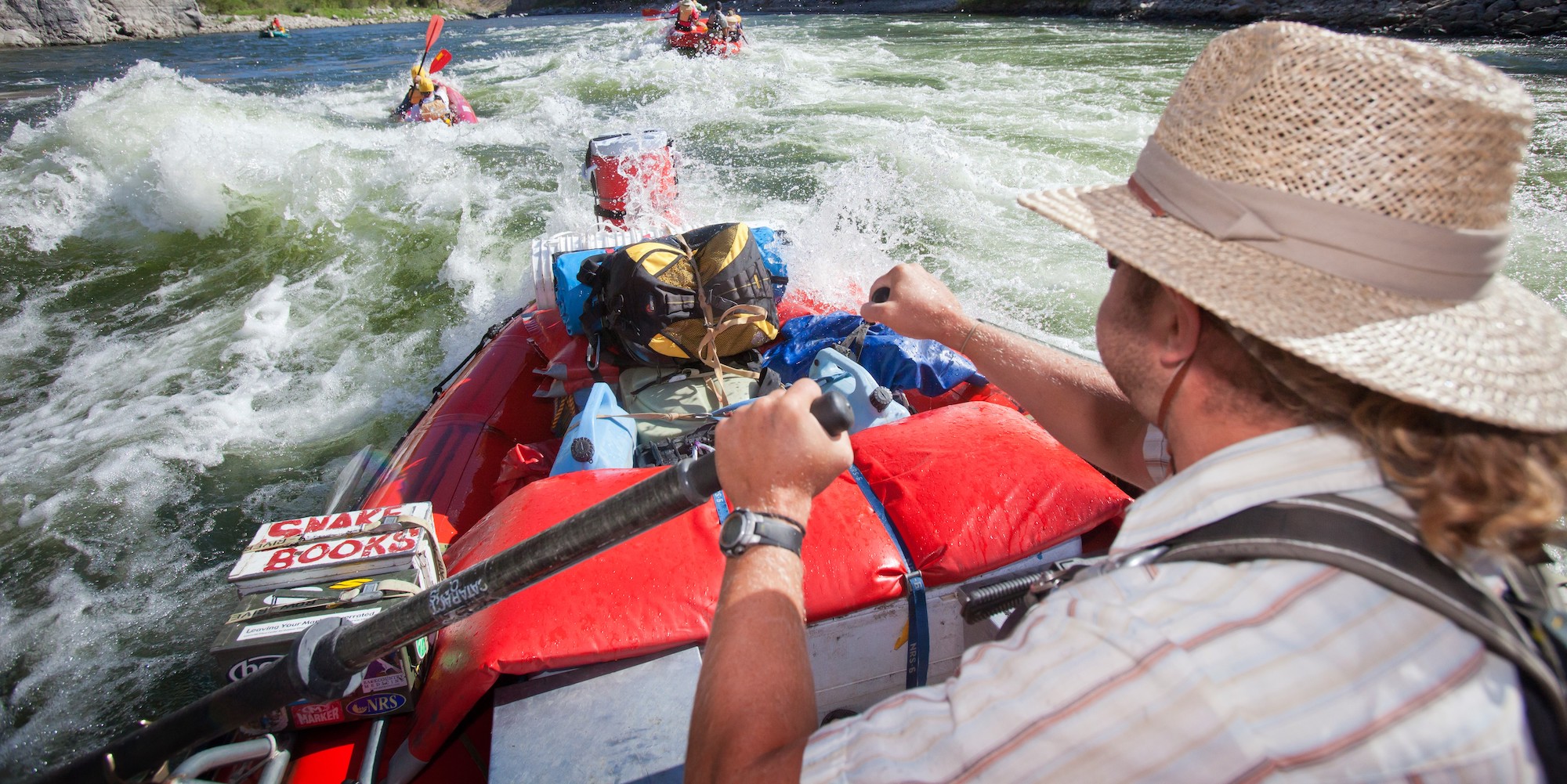
Now for the fun part! Gear! Building your overnight kit can be expensive as a first year multi-day guide, even with pro-deals. I would highly recommend checking in with the company you are going to work with about what overnight gear they might be able to provide you with for the season. If you cannot borrow, the first piece of equipment I would recommend investing in is a sleeping bag if you do not already have one. Since you will probably be spending most of your nights sleeping riverside, it is important that you have a comfortable sleeping bag so that you sleep well and warm enough. Getting enough sleep is important so that you can show up every morning for your guests and fellow guides well rested.
The second most important overnight kit item is a solid dry bag. Almost all of your personal items and sleeping bag will be in this bag, and while we like to think all drybags are “dry” this is true to an extent. Some dry bags are more dry than others, and it is worth the money to splurge on a bag that will actually keep your items dry in the event of a flip or wrap.
The next item on my list here is a sleeping pad, obviously each guide you talk to will have different priorities, but I feel that you can get away with more affordable sleeping pad options for longer than the two pieces above mentioned pieces of gear. There are lots of cushy sleeping pad options on the market these days that pack down quite small if you are willing to pay the money. River specific pads are also a great option, as you do not have to pack them into your overnight bag and they can be rigged onto a raft and get wet. This really comes down to your sleep preferences and how much money you are willing to pay for a sleeping pad. Guides who spend a majority of their summer sleeping out under the stars tend to invest in a sleeping pad that is more comfortable for sleeping on than guides who spend less nights out on the river.
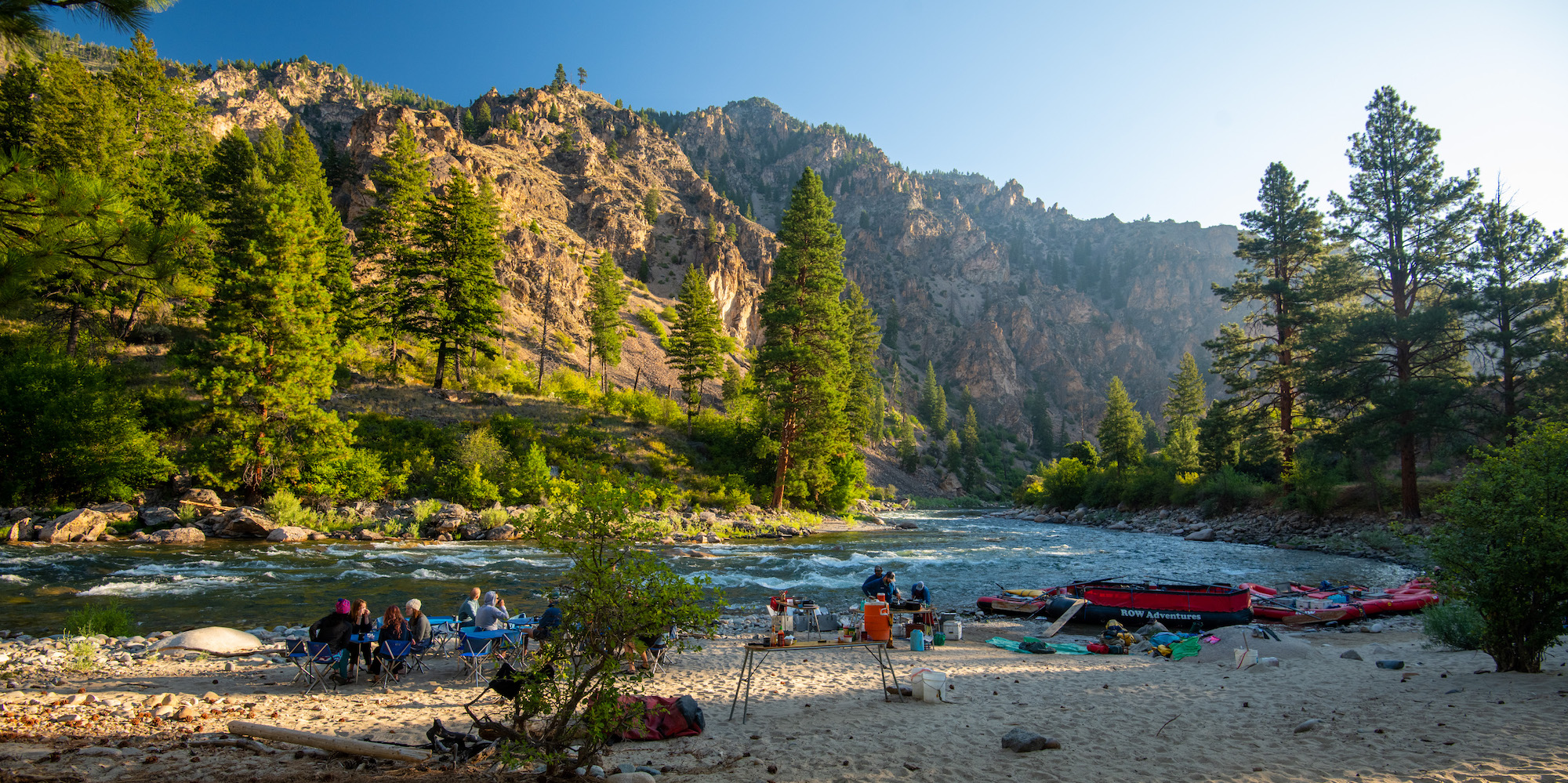
The last item and recommendation on my list here is a tarp for laying out. This ties in with the hygiene and foot care topic, as a tarp provides a sand-free zone for you to take care of your feet and perhaps your sanity if you are a crusty raft guide like me. Some raft guides swear and live by sand mats which have a technology that allows sand to pass through but not up through the mat. These are nice, but they tend to be bulky and expensive. My first two seasons multi-day guiding I lived by a ten dollar tarp from a general store, and it worked just fine providing me with a sand free space to sleep on. These days I prefer a tent footprint, a little more pricey but it packs down a lot better.
As far as tents go, obviously it is important to have a working tent for unpredictable weather that arises. Some folks have a separate drybag for their tent, which works. I tend to keep my tent in my overnight bag along with a roll top drybag that is big enough to fit my tent body and fly. In the case that it rains I keep my tent poles in my overnight drybag and then pack my wet tent body and fly into the roll top bag typically wet. I do not put the roll top dry bag back into my overnight bag, I usually rig it into a raft and then wait until camp that night and hopefully drier weather to dry them out.
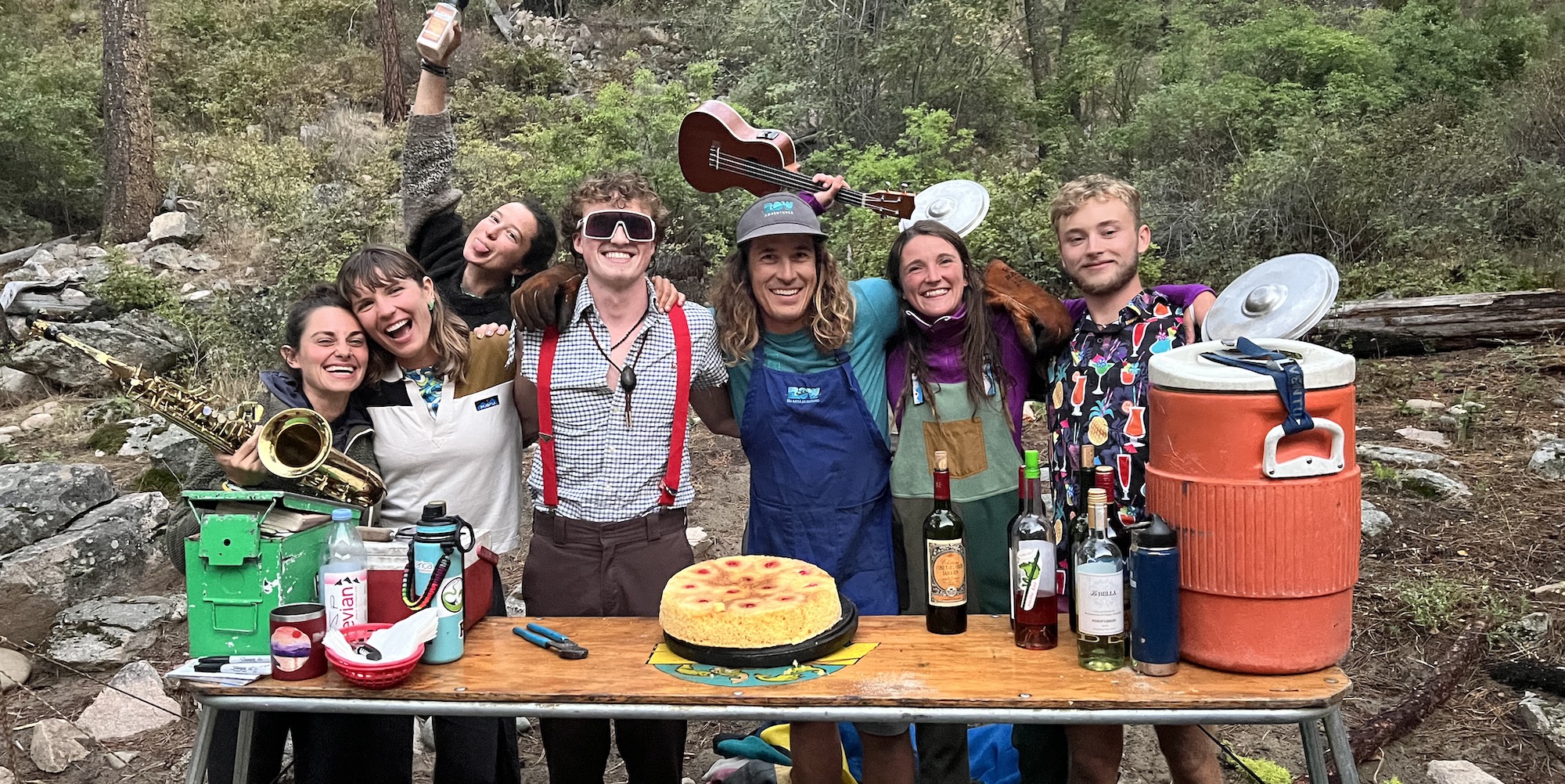
As with anything in the outdoor industry, everyone has their own little tips and tricks and quirky things they have found to make their life out on the river easier. Make sure to ask around and get recommendations from fellow guides and industry professionals who have their systems down to a science. Hope this helps and have a blast guiding overnight trips, they really are the best way to spend a summer.

